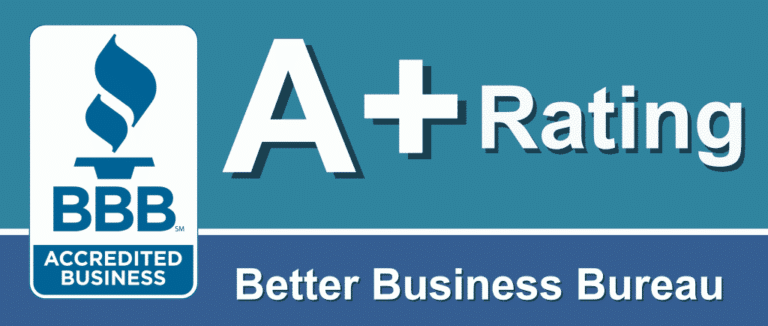Are you afraid of having periodontal surgery? Do you hope your gum problems will just go away? A few months ago I wrote about Conscious Sedation Dentistry, a new tool for the fearful dental patient (see A Solution for Fearful Dental Patients). Now there is an exciting advancement in periodontal surgery; it has many advantages over traditional periodontal surgery, as it represents a less painful and less traumatic way to treat periodontal disease.
This month I am interviewing a good friend and colleague, Dr. Larry Gelb. Larry is a periodontist. A periodontist specializes in treating gum problems and problems associated with the bone surrounding the teeth.
Dr. Breiner: Larry, maybe you can say a few words about periodontal disease in general.
Dr. Gelb: Periodontal disease is very common, even more so than the Center for Disease Control had previously reported. 50% of the population of this country has some form of periodontal disease. It is a bacterial disease which causes inflammation of the gum tissues and destruction of the supporting bone. If enough bone is destroyed, teeth are in jeopardy of being lost. Periodontal disease is a progressive disease and, in many cases, a chronic disease. It is a disease people can’t really be cured of. People are always at risk of the disease progressing. It is like diabetes, if you control your weight, watch what you eat, and take your medication, you can control your blood sugar. You can live a normal life unaffected by the disease, but if you go off that regimen the disease takes over. It is the same with periodontal disease; as long as you have good home care and proper nutrition and regular hygiene visits, you can control periodontal disease. However, you are always at risk of its progressing if you don’t do what you need to do.
Dr. Breiner: How do you treat periodontal disease?
Dr. Gelb: The conventional way of treating periodontal disease is with meticulous homecare, scaling and root planing, which is deep cleaning underneath the gum tissue and, in the moderate to advanced cases, surgery. The advantage of the surgical procedure is that it enables the therapist to access the deep areas underneath the tissue in order to debride the area of infectious material, such as calculus (tartar) that has adhered to the surface of the teeth. The bone is reshaped, where it is appropriate, thereby reducing the depths of these pockets so the patient is better able to keep the area clean. Sometimes bone grafting might be used with human freeze-dried bone, and sometimes regenerative material, such as growth factors, are used to help regenerate the bone. These are the positive aspects of periodontal surgery. On the negative side, if it’s a reductive procedure, where you are decreasing the depth of the pockets, patients now have longer teeth and bigger spaces between their teeth, and often their teeth are sensitive to hot and/or cold temperatures. Many times after surgery the first week or two might be uncomfortable for the patient, and the patient might experience moderate to more than just a moderate amount of pain and sensitivity.
Dr. Breiner: This conventional way of treating periodontal disease has been the standard of care for years. Lately you have been using lasers to treat periodontal disease. Tell us why you are so excited about the use of lasers.
Dr. Gelb: The advantage of laser surgery is that you can achieve regeneration of bone and tissue with a surgical procedure that, from the patient’s point of view, is not perceived as a surgical procedure. With laser surgery you achieve the prime objective of regeneration of tissues. The procedure actually encourages and creates a new attachment of the tissue and bone to the tooth that previously would have been lost. With the laser surgery, patients do not have any pain or swelling and there is no loss of tissue volume, so the patient does not feel disfigured. Because there is no tissue reduction the patients do not develop spaces between their teeth which results in what dentists call “black triangles”. These dark spaces between the teeth are often undesirable from an aesthetic point of view, especially in the front of the mouth. Also, these areas are annoying because they become food traps. I cannot stress enough how much better it is to build up bone and tissue than to take it away. This technology represents a revolution in periodontal treatment.
Dr. Breiner: Traditionally, periodontal treatment has always been associated with a lot of pain. I know that very often after having one surgical procedure, patients do not want to go back for another. Being able to tell a patient that a painless procedure can be performed certainly makes it more likely that they will follow through with treatment.
Dr. Gelb: You are right, Mark. Do you know that only 3% of the population of this country ever visits a periodontist even though this is a very common disease? It is thought that one of the main reasons why patients are very reluctant to see a periodontist is because of fear of the procedure. The fear of pain they may experience and also the disfigurement part of the procedure, I am sure, dissuades many people. Now we are seeing patients who never would have walked into a periodontal office, because they have become aware that this modality of treatment is available to them.
Dr. Breiner: I have done previous newsletters discussing various lasers. Tell us about your particular type of laser.
Dr. Gelb: There are many dental lasers on the market, however, this laser, the PerioLase MVP-7, manufactured by Millennium Dental Technologies, Inc. is the only one which is FDA approved for treating periodontal disease. Many other lasers claim to provide that benefit, but they don’t have the research or the documentation to confirm their claims. Also, the Millennium Company is run with an emphasis on training and education. They require dentists to participate in a very extensive training program. As a result of this training, there is no question as to how to use the laser to maximize the benefit to the patient.
I will get a little technical here, it is important that I do so in order that youunderstand how we are able to achieve our results. This is an Nd:YAG laser. It is a free running pulsed laser. There is a difference between peak power and average power. The peak power is around 1800-2000 watts. But the average power is 3.6 – 4 watts. The pulses are run between 100 – 650 milliseconds (millionths of a second). There are 20 pulses per second, which is 20 hertz. The number of joules is between 100- 300 millijoules. The laser is only really firing .2% of the time. That is two one thousands of a second! The advantage of this is that you can use the peak power which is quite high (1800- 2000 watts). Because it is firing for such a short amount of time, you can use a high level of energy without overexposing the patient. You can also be selective in the tissue that you affect. The Nd:YAG wavelength is designed to be absorbed only by the color of the pathologic bacteria called P. gingivalis, which is the major bacteria associated with periodontal disease. These are black-pigmented bacteria and only the black-pigmented bacteria are the targets for the laser energy. The laser energy basically passes through the healthy tissue, without affecting it.
Dr. Breiner: Larry, I would like to continue this interview next month, as we have a lot more ground to cover on this important topic. So, next month let’s talk about the benefits to the patient of using the laser and how the laser helps to regenerate bone. I would also like to ask you questions about the protocol for patients following this treatment.
Be sure to look at our next newsletter for more on this important innovation in dentistry. In the meantime, if you wish to learn more about periodontal disease and its systemic effects, see chapter 18 in my book, Whole-Body Dentistry: A Complete Guide to Understanding the Impact of Dentistry on Total Health.
Lawrence B. Gelb, DDS is a graduate of the Columbia School of Dental Surgery. He did postgraduate training in periodontics at the University of Connecticut School of Dental and Oral Medicine. Dr. Gelb sees patients in Greenwich and Middletown, Connecticut and also in Manhattan, New York. His practice is limited to periodontics and dental implants. Dr. Gelb can be reached at 860-346-9665.
© 2012, Mark A. Breiner, DDS
The information presented is for educational purposes only. You should consult a qualified health practitioner for diagnosis and treatment.


